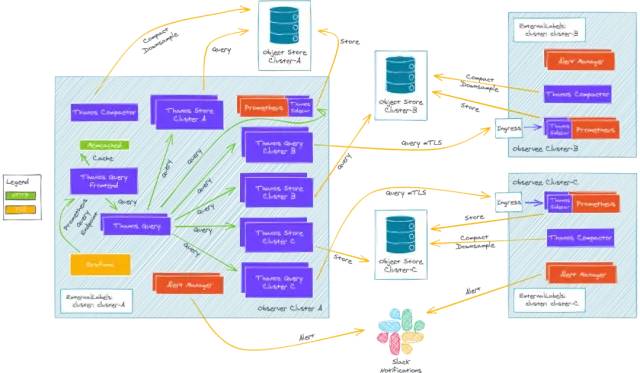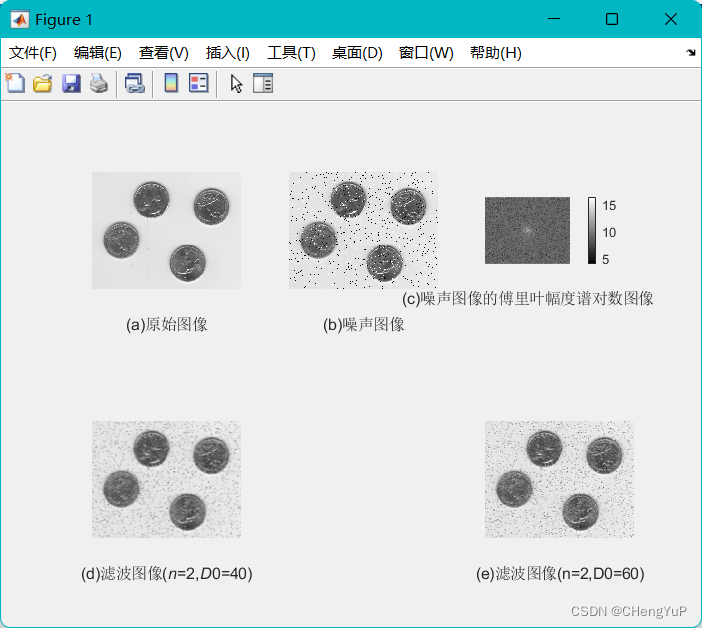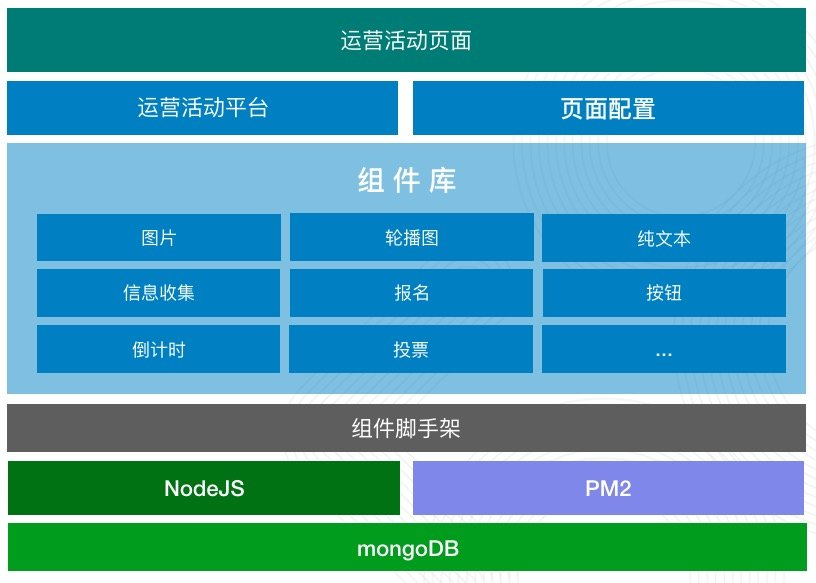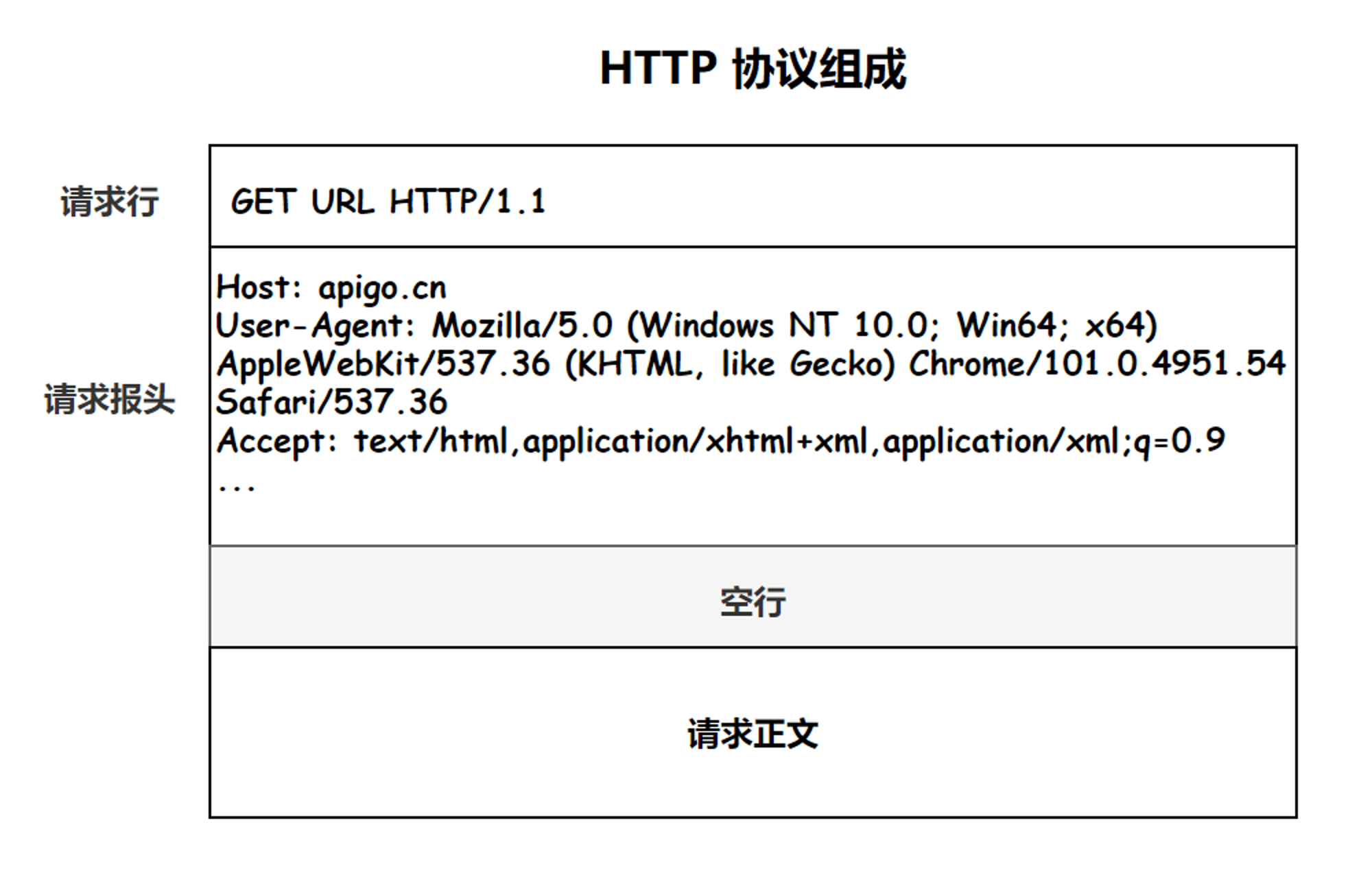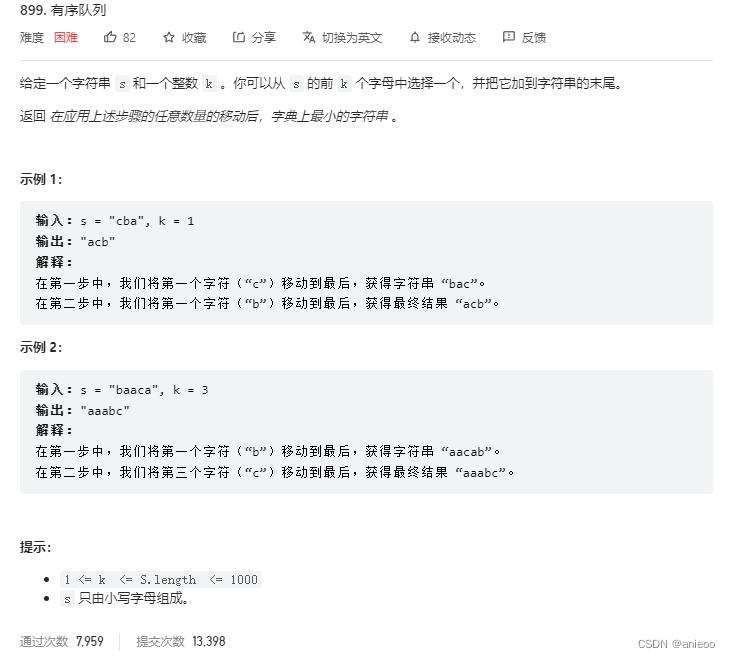当前位置:网站首页>特征工程学习笔记
特征工程学习笔记
2022-08-03 12:02:00 【羊咩咩咩咩咩】
针对数据的特征进行操作的一些函数
1.针对字符串编码
读取数据
import pandas as pd
vg_df =pd.read_csv(,encoding='ISO-8859-1')
vg_df[['Name','Platform','Year','Genre','Publisher']].iloc[1:7]LabelEncoder:针对不同的文本属性值转换成数字。
import numpy as np
genre=np.unique(vg_df['Genre'])
from sklearn.preprocessing import LabelEncoder
gle =LabelEncoder()
gle_label =gle.fit_transform(vg_df['Genre'])
genre_mapping = {index:label for index,label in enumerate(gle.classes_)}
gle.classes_可以通过gle.classes_输出训练后的分类。
poke_df =pd.read_csv(,encoding='ISO-8859-1')
poke_df.head()
gle =LabelEncoder()
generation_label =gle.fit_transform(poke_df['Generation'])
poke_df['Generation_label']=generation_label
poke_dfOneHotEncoder:独热编码,对数据进行数值映射操作,独热编码可以将所有可能情况进行展开。
from sklearn.preprocessing import OneHotEncoder
onehot_encoder = OneHotEncoder()
gen_feature_arr = onehot_encoder.fit_transform(poke_df[['Generation']]).toarray()
gen_feature_labels = list(gle.classes_)
gen_features = pd.DataFrame(gen_feature_arr,columns =gen_feature_labels)
poke_df_ohe = pd.concat([poke_df,gen_features],axis=1)
poke_df_ohe或者可以通过pd.get_dummies进行操作
gen_ohe = pd.get_dummies(poke_df['Generation'])
pd.concat([gen_ohe,poke_df],axis=1)
gen_onehot_features = pd.get_dummies(poke_df['Generation'],prefix='one_hot')##prefit为添加前缀
pd.concat([poke_df,gen_onehot_features],axis=1)2.二值与多项式特征
对二值特征进行操作
popsong_df = pd.read_csv(,encoding='utf-8')
popsong_df.head()
watched = np.array(popsong_df['listen_count'])
watched[watched >=1]=1
popsong_df['watched']=watched
popsong_df
from sklearn.preprocessing import Binarizer
bn = Binarizer(threshold=0.9)
pd_watched = bn.transform(popsong_df['listen_count'].values.reshape(-1,1))
popsong_df['pd_watched']=pd_watched
popsong_df.head()可以使用Polynomialfeature对高次方的数据改变成新的特征
poke_df =pd.read_csv(,encoding='utf-8')
atk_df = poke_df[['Attack','Defense']]
atk_df.head()
from sklearn.preprocessing import PolynomialFeatures
pf = PolynomialFeatures(degree=2,interaction_only=False,include_bias=False)
res =pf.fit_transform(atk_df)3.对连续值进行离散化,将数据划分成几个区间
fcc_survey_df =pd.read_csv(,encoding='utf-8')
fcc_survey_df.head()
fcc_survey_df['Age_bin_round']= np.array(np.floor(np.array(fcc_survey_df['Age'])/10.))##np.floor为向下取整
fcc_survey_df[['Age','Age_bin_round']]
quantile_list=[0,.25,.5,.75,1.]
quantiles =fcc_survey_df['Income'].quantile(quantile_list)
quantiles
quantiles_label=['0~25','25~50','50~75','75~100']
fcc_survey_df['income_quantile_range']=pd.qcut(fcc_survey_df['Income'],q=quantile_list)
fcc_survey_df['income_quantile_label'] =pd.qcut(fcc_survey_df['Income'],q=quantile_list,labels = quantiles_label)
fcc_survey_df4.使用对数对时间序列进行操作
fcc_survey_df['income_log'] = np.log((1+fcc_survey_df['Income']))
income_log_mean = np.round(np.mean(fcc_survey_df['income_log']),2)
import datetime
import numpy as np
import pandas as pd
from dateutil.parser import parse
import pytz
time_stamps = ['2015-03-08 10:30:00.360000+00:00', '2017-07-13 15:45:05.755000-07:00',
'2012-01-20 22:30:00.254000+05:30', '2016-12-25 00:30:00.000000+10:00']
df = pd.DataFrame(time_stamps, columns=['Time'])
df
ts_objs = np.array([pd.Timestamp(item) for item in np.array(df.Time)])
df['Year'] = df['TS_obj'].apply(lambda d: d.year)
df['Month'] = df['TS_obj'].apply(lambda d: d.month)
df['Day'] = df['TS_obj'].apply(lambda d: d.day)
df['DayOfWeek'] = df['TS_obj'].apply(lambda d: d.dayofweek)
df['DayOfYear'] = df['TS_obj'].apply(lambda d: d.dayofyear)
df['WeekOfYear'] = df['TS_obj'].apply(lambda d: d.weekofyear)
df['Quarter'] = df['TS_obj'].apply(lambda d: d.quarter)
df[['Time', 'Year', 'Month', 'Day', 'Quarter',
'DayOfWeek', 'DayOfYear', 'WeekOfYear']]文本特征处理
1.建立词袋模型,进行分词操作
import pandas as pd
import numpy as np
import re
import nltk
corpus = ['The sky is blue and beautiful.',
'Love this blue and beautiful sky!',
'The quick brown fox jumps over the lazy dog.',
'The brown fox is quick and the blue dog is lazy!',
'The sky is very blue and the sky is very beautiful today',
'The dog is lazy but the brown fox is quick!'
]
labels = ['weather', 'weather', 'animals', 'animals', 'weather', 'animals']
corpus = np.array(corpus)
corpus_df = pd.DataFrame({'Document': corpus,
'Category': labels})
corpus_df = corpus_df[['Document', 'Category']]
corpus_df
#加载停用词
wpt = nltk.WordPunctTokenizer()
stop_words = nltk.corpus.stopwords.words('english')
def normalize_document(doc):
# 去掉特殊字符
doc = re.sub(r'[^a-zA-Z0-9\s]', '', doc, re.I)
# 转换成小写
doc = doc.lower()
doc = doc.strip()
# 分词
tokens = wpt.tokenize(doc)
# 去停用词
filtered_tokens = [token for token in tokens if token not in stop_words]
# 重新组合成文章
doc = ' '.join(filtered_tokens)
return doc
norm_corpus = normailized_document(corpus)
norm_corpus2.使用文本特征构造方法
tf-idf:不急考虑了词频,同时考虑了词的重要性
from sklearn.feature_extraction.text import TfidfVectorizer
tv = TfidfVectorizer(min_df=0.,max_df=1.,use_idf=True)
tv_matrix = tv.fit_transform(norm_corpus)
tv_matrix=tv_matrix.toarray()
vocab = tv.get_feature_names()
pd.DataFrame(np.round(tv_matrix,2),columns=vocab)相似度特征:将特征转换成树枝数据,然后计算其相似度,这里需要tf-idf值
##文本相似度特征
from sklearn.metrics.pairwise import cosine_similarity
similarity_matrix =consine_similarity(tv_matrix)特征聚类:将数据按堆划分,最后给每一堆一个实际标签。
##特征聚类
from sklearn.cluster import KMeans
km = KMeans(n_cluster=2)
km.fit_transform(similarity_df)
cluster_labels -km.labels_
cluster_labels =pd.DataFrame(cluster_labels,columns=['ClusterLabel'])
pd.concat([corpus_df,cluster_labels],axis=1)建立主题模型:主题模型属于无监督方法,输入就是处理好的语料库,可以得到主题类型以及每一个词的权重。
##主题模型
from sklearn.decomposition import LatentDirichletAllocation
lda =LaatentDirichletAllocation(n_topics=2,max_iter=100,random_state=42)
dt_matrix =lda.fit_transform(tv_matrix)
features =pd.DataFrame(dt_matrix,columns=['T1','T2'])
tt_matrix =lda.components_
for topic_weights in tt_matrix:
topic =[(token,weight) for token,weight in zip(vocab,topic_weights)]
topic =sorted(topic,key =lambda x :-x[1])
topic =[item for item in topic if item[1] >0.6]
print(topuc)建立词向量模型:选对每个词进行初始化操作,赋予了每个词的实际的空间意义。
##词向量模型
from gensim.models import word2vec
wpt = nltk.wordPunctTokenizer()
tokenized_corpus =[wpt.tokenized(documents) for documents in norm_corpus]
feature_size =10##词向量维度
windows_context =10##滑动窗口
min_word_count =1##最小词频
w2v_model =word2vec.WoRD2vEC(tokenized_corpus,size =feature_size,windows =window_context,min_count =min_word_count)
w2v_model.wv['sky']边栏推荐
猜你喜欢
随机推荐
Generate interface documentation online
面试官:SOA 和微服务的区别?这回终于搞清楚了!
深度学习:文本CNN-textcnn
一个扛住 100 亿次请求的红包系统,写得太好了!!
Matlab学习11-图像处理之图像变换
MySQL之json数据操作
LyScript 实现对内存堆栈扫描
RTP协议分析
零拷贝、MMAP、堆外内存,傻傻搞不明白...
国内数字藏品与国外NFT主要有以下六大方面的区别
苹果发布 AI 生成模型 GAUDI,文字生成 3D 场景
学习软件测试需要掌握哪些知识点呢?
码率vs.分辨率,哪一个更重要?
-树的高度-
第四课 标识符、关键字、变量、变量的分类和作用域、常量
一文带你弄懂 CDN 技术的原理
赛灵思MPSOC裸机下的 USB调试实验
【一起学Rust】Rust包管理工具Cargo初步了解
Matlab学习10-图像处理之傅里叶变换
LeetCode-1796. 字符串中第二大的数字
